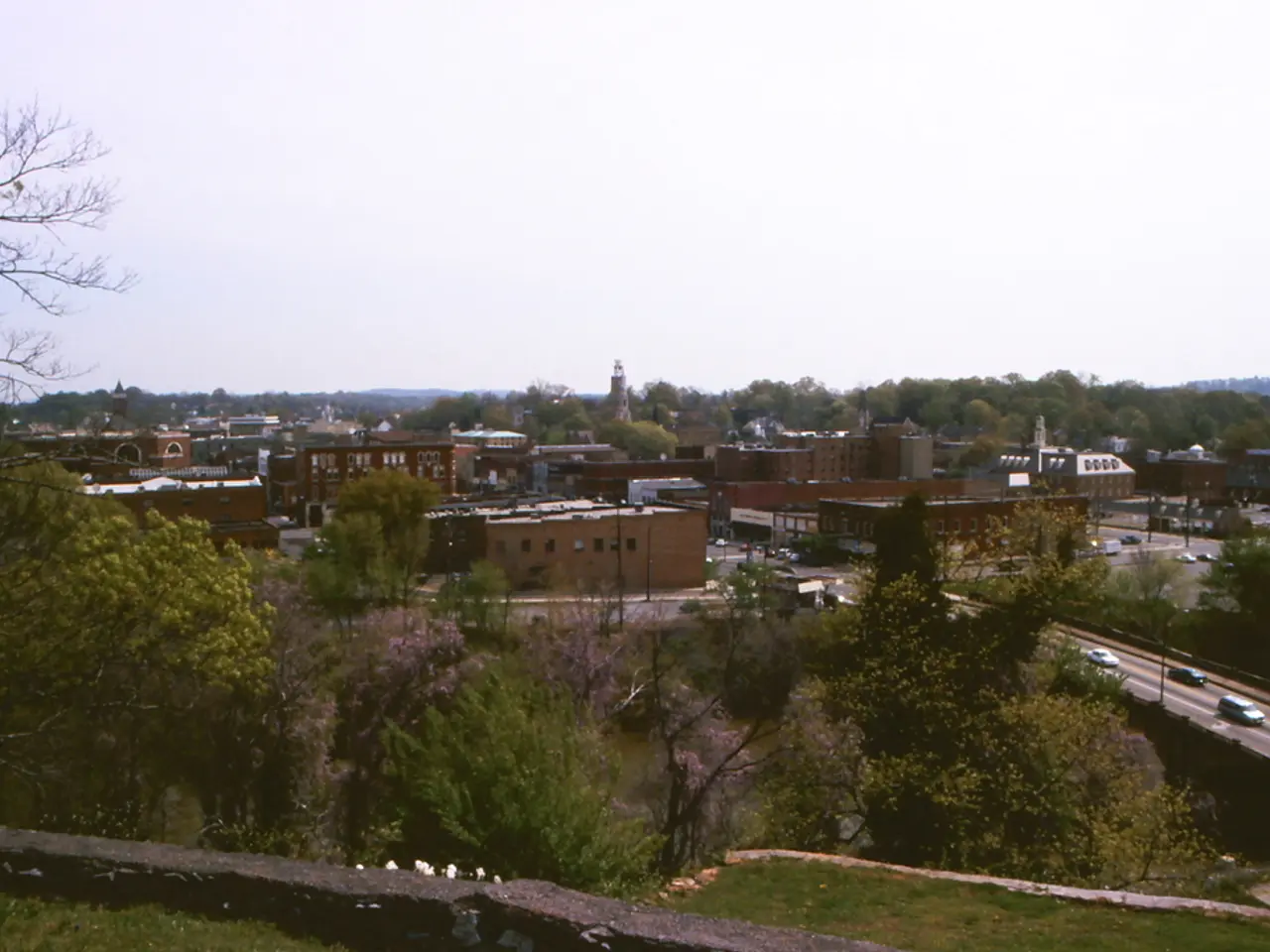City Information Centralized on a Single Platform
Marburg, a vibrant university town with approximately 76,000 inhabitants, has launched a new data and information service called "Marburg in Numbers". This service, accessible online and mobile-friendly, provides a wealth of data and statistics about various aspects of the city, making it an invaluable resource for citizens, politicians, media, companies, teachers, researchers, and more.
A User-Friendly Interface for Exploring City Data
The service features an interactive interface under the "Life in Marburg" section, where users can move sliders on timelines to view data for different years. Each tile offers short explanatory texts, interpretation aids, and further information, ensuring a seamless and informative experience.
Accessible and Open Data for All
"Marburg in Numbers" is free to access and the data is available for further use, free of charge, as a download in the spirit of the OpenData approach. The data is collected from various sources, including the city administration, Stadtwerke Marburg, GeWoBau, regional statistical offices, and the German Weather Service.
Comprehensive Information at Your Fingertips
The data is organised into four main areas: Environment and Climate, Life in Marburg, Economy and Work, and Mobility and Traffic. These areas are further grouped under topics such as "Energy and Resources", "Education and Participation", "Local Economy", or "Individual Traffic".
Under "Living and Housing", users can find data on population development for the past ten years, including births, deaths, arrivals, and departures. Information about the Marburg adult education center (vhs) and the city library is also provided.
A Safe and Orderly City
Under "Safety and Order", a diagram visualizes the fire department deployments, divided by deployment types. A timeline provides information on the number of traffic accidents since 2015.
A Collaborative Effort
"Marburg in Numbers" was initiated within the Smart City process by the City and Regional Development, Economic Development, Statistics department in cooperation with the Environmental, Climate, and Nature Conservation and Fair Trade office. The service greatly benefits from open-source approaches, having been based on existing dashboard solutions from the cities of Münster and Aschaffenburg.
Sustainable and Cost-Effective
The costs for implementing "Marburg in Numbers" amount to approximately 12,000 euros (gross). The annual maintenance and operating costs, including solutions for accessibility, amount to approximately 1,500 euros (gross).
Discover More at Marburg in Numbers
The data is presented in a clear and understandable manner with diagrams, timelines, and other visual elements. A link leads from the E-charging points section to the municipal geoportal "Marburg in Maps", where the locations of the E-charging points in the city area are also listed.
To explore the wealth of data available, visit Marburg in Numbers. This new service offers additional data, initially around 45 interactive tiles, providing insights into the development of publicly accessible E-charging points in the city area and the total charging capacity available, among other things. Discover Marburg like never before with "Marburg in Numbers".
Read also:
- Peptide YY (PYY): Exploring its Role in Appetite Suppression, Intestinal Health, and Cognitive Links
- Toddler Health: Rotavirus Signs, Origins, and Potential Complications
- Digestive issues and heart discomfort: Root causes and associated health conditions
- House Infernos: Deadly Hazards Surpassing the Flames








